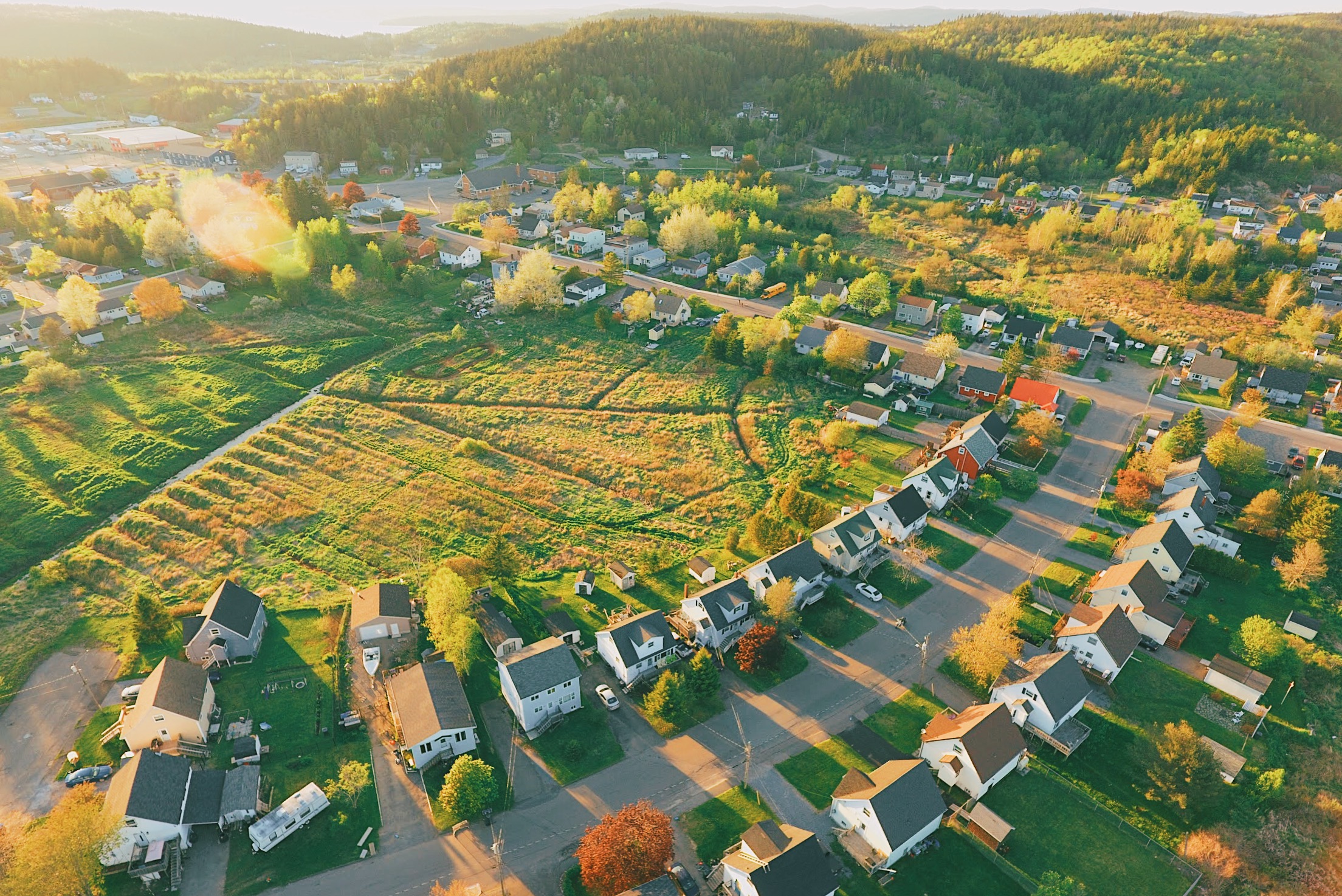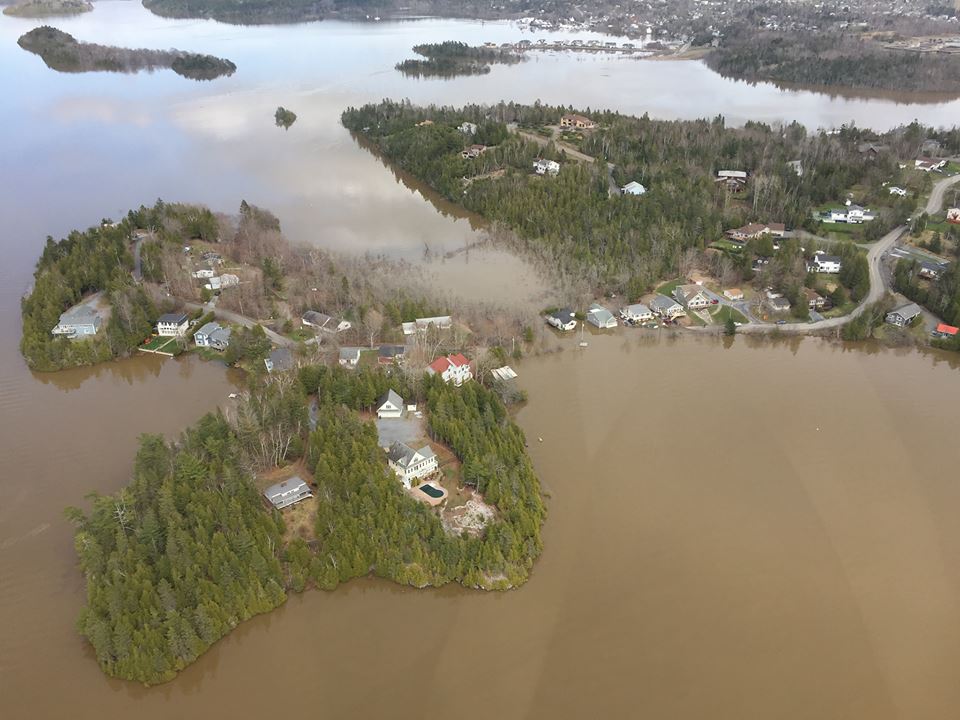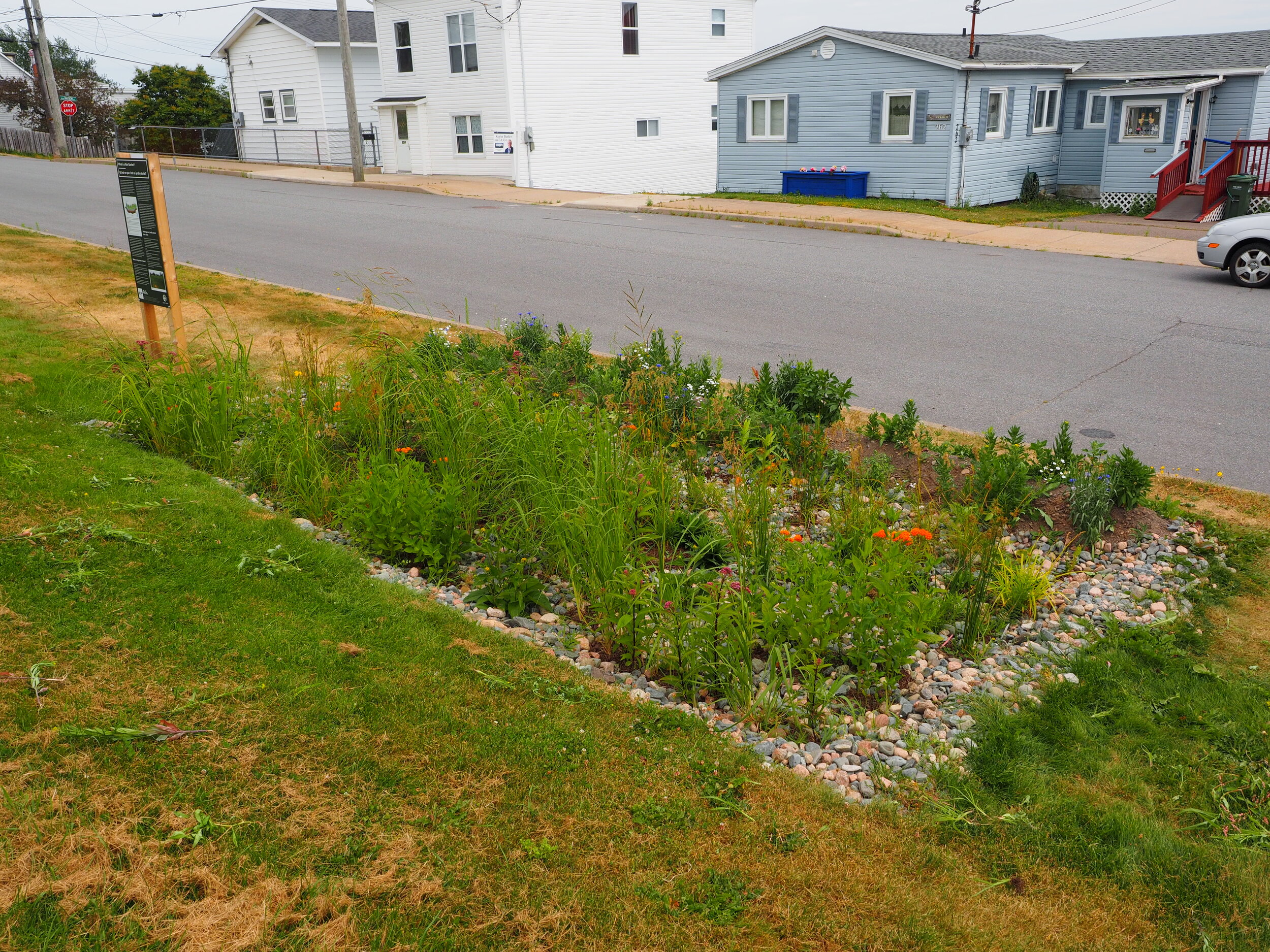
ADAPTATION AT HOME
Small changes can add up, and can help us to be more prepared for the impacts of climate change on a larger scale. There are many actions that can be done on your own property that will help the city as a whole adapt. By knowing your risks, planning ahead, adapting coastal infrastructure, and utilizing green infrastructure we can be more resilient in the face of climate change. This page will provide some of the tools and resources that you can use to inform yourself and begin the adaptation process.
KNOW IF YOU ARE AT RISK:
Identifying risks near your home is the first step in adaptation.
Are you in a low lying area or in close proximity to a body of water? Keep an eye on rising water levels through New Brunswick River Watch: https://www2.gnb.ca/content/gnb/en/news/public_alerts/river_watch.html
Are power outages frequent?
Will road access to your home be cut off during a flood? See past flood areas through the New Brunswick Flood Hazard Maps.
Are there erosion issues in your area? New Brunswick Coastal Erosion Database: http://geonb.snb.ca/erosion/index.html
Spring 2018 flood at Ragged Point
Plan Ahead:
Have a family emergency plan in place
Prepare a 72 hour survival kit. New Brunswick Emergency Measures Organization
Pay attention to weather forecasts & advisories
Report trees that overhang power lines to Saint John Energy
Remove tree limbs that may overhang your home or vehicles
Use bug spray when outdoors and near long grass
Consider modifications or equipment that will make your home more resilient to severe weather (i.e. generator, off grid power, flood proofing, stormwater management). The City of Saint John has identified six steps to reduce the risk of flooding on your property.
Take appropriate safety precautions before, during and after storms or flood events. Flood Preparedness Guide
Adapt Coastal Infrastructure:
Adapting coastal infrastructure to sea level rise and coastal erosion can be achieved in three ways: protection, accommodation and retreat/avoidance. Examples include:
Protection: hard/soft armouring beaches and coastal infrastructure, dykes, sea walls, restoring beaches/coastal wetlands, reinstating vegetation.
Accommodation: flood proofing buildings, changing building design guidelines, protection of coastal wetlands and restricting use in coastal areas.
Retreat/Avoidance: either abandoning or relocating infrastructure out of low lying areas restricting development in low lying areas
Depending on the risks and costs associated with each strategy, no single approach can be applied to every situation. A combination of adaptation strategies would provide a more holistic approach to dealing with sea level rise.
COASTAL AREAS PROTECTION POLICY FOR NEW BRUNSWICK:
The Coastal Areas Protection Policy was developed to guide development in coastal areas and to protect sensitive coastal habitats (NBDELG, 2002). Adaptation to sea level rise will require consultation with this policy to ensure the protection of New Brunswick’s beautiful coastline.
Zone A - areas closest to the water known as the coastal lands core area. Most sensitive zone and the least amount of development is allowed in this area.
Zone B - adjacent land beyond Zone A which provide a further buffer (30 m beyond the border from Zone A). A slightly greater range of activities would be acceptable in this range (i.e. single family residence (with conditions), repair, expansion or replacement of already existing structures).
Zone C - Coastal Transition Area beyond Zone B that form a transition from coastal to inland areas. Any activity in this area is reviewed for risk of damage due to storm surge and the impact of the development on the coastal ecosystem. Design requirements or recommendations may be made for proposed structures (i.e. structures be built 2 m above the highest high water level).
Activities such as installing groynes, quarrying, infill, dredging and causeways are prohibited in all zones. This policy applies to new development on private and publicly owned land.
Manage Rain Where it falls:
Green infrastructure provides social and educational benefits by enhancing recreational spaces, beautifying/naturalizing the landscape, improving property values and provides opportunities for public education on stormwater management. Examples of green stormwater management methods include: rain barrels, rain gardens, bioswales, detention ponds, porous pavement, green roofs, stormwater planters, increasing vegetated surfaces, etc.
Rain Garden in Queen Square West
ACAP Saint John has recently built two rain gardens to help improve drainage and reduce the impact of stormwater runoff in Queen Square West and at the Social Enterprise Hub. See link for more details on how to build your own rain garden.
Sources:
NBDELG. 2002. A Coastal Areas Protection Policy for New Brunswick. Government of New Brunswick.



